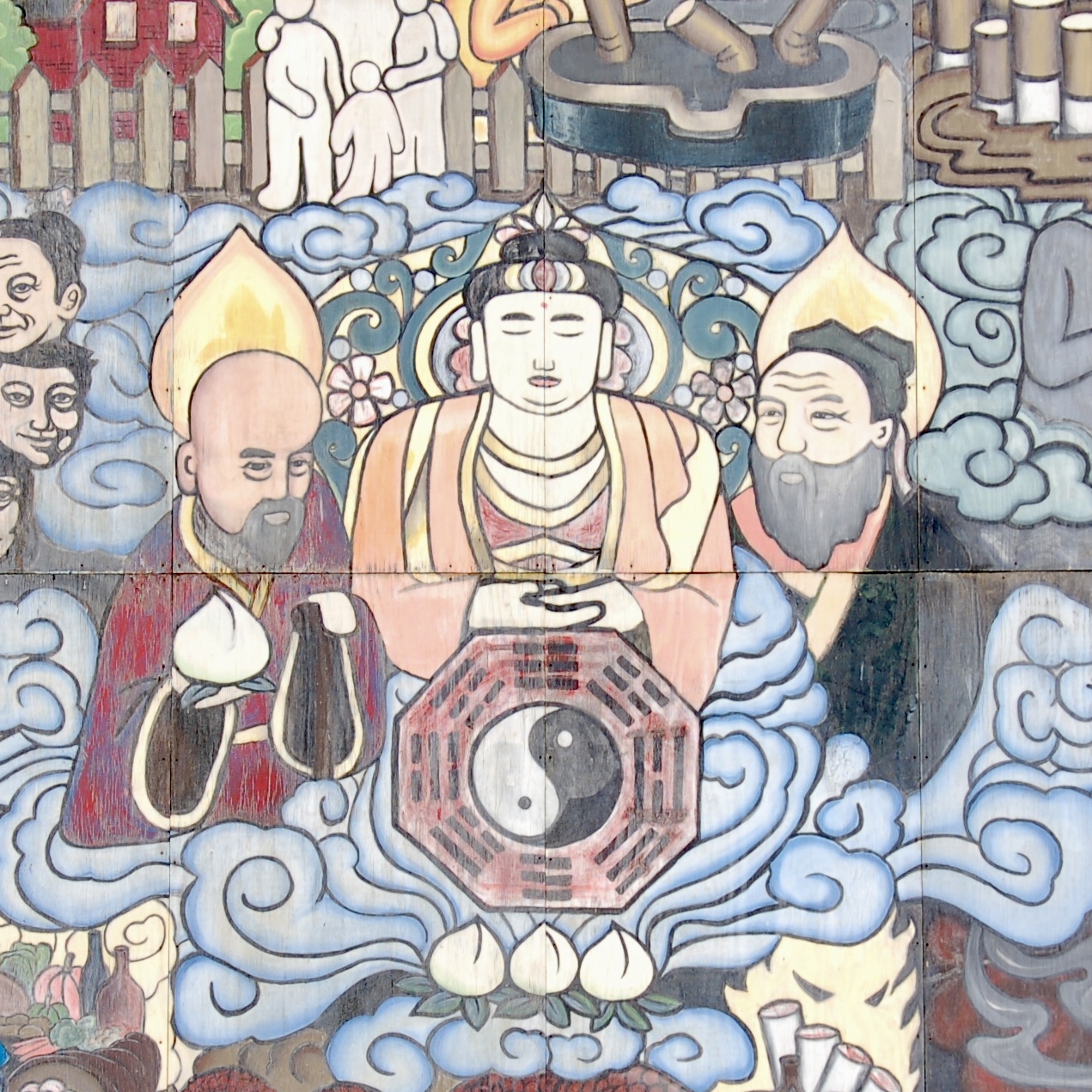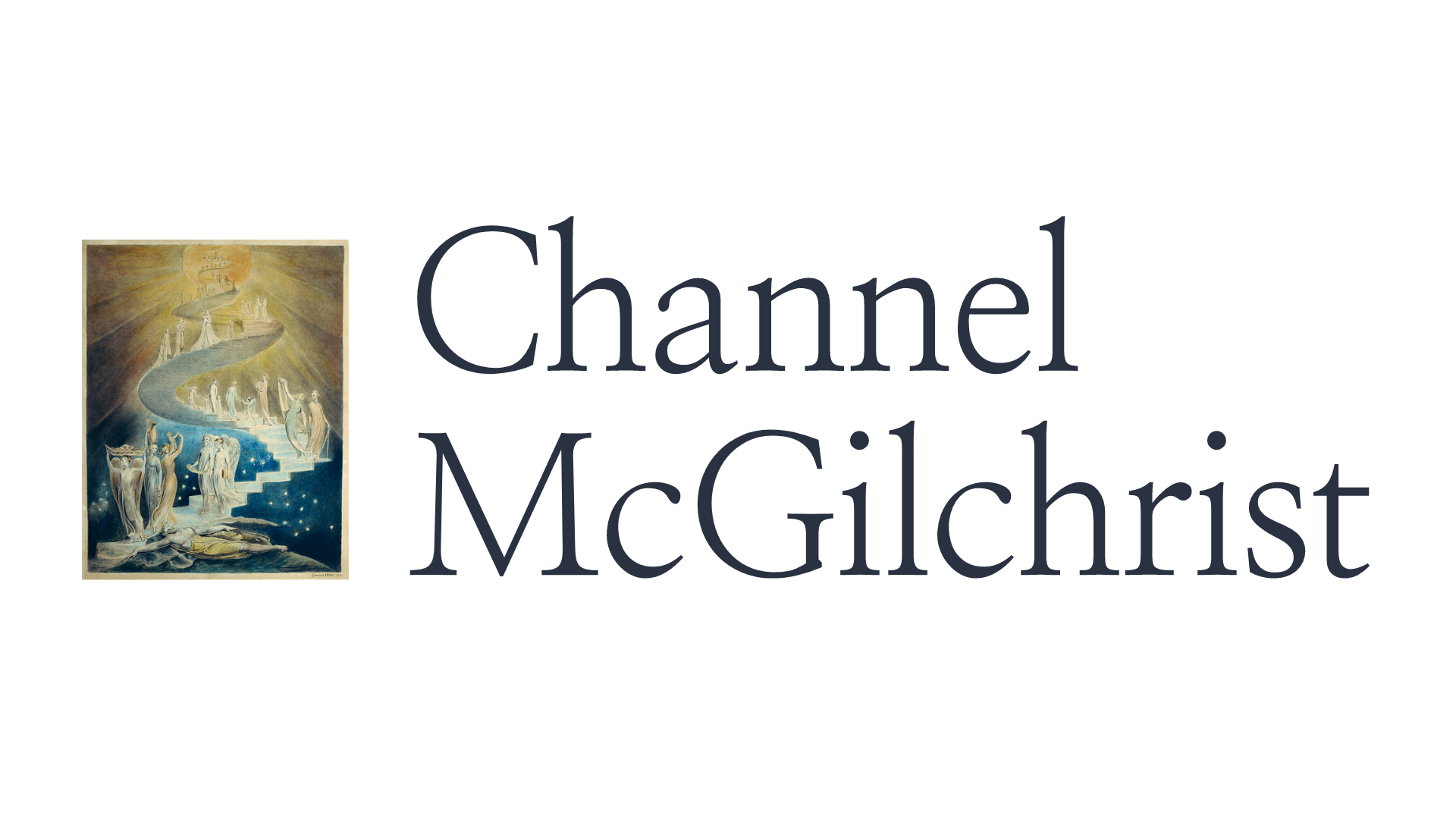
The Divided Brain and the Sense of the Sacred
Public Group
Public Group
Active 2 weeks ago
Though I am agnostic in regard to the Christian creeds I am aware of I’ve always felt connected to... View more
Public Group
Group Description
Though I am agnostic in regard to the Christian creeds I am aware of I’ve always felt connected to something more. My evidence is the power of reflection to repay us with insight and inspiration. If those those imaginal, intuitive gifts are not the result of my own brainstorming, research or deliberation then they are the product of something more than my arbitrary choice. But of course Iain has been thinking about this longer and with much more study. I’m was happy to come across this video recently of a Zoom conversation sponsored by the Theos Think Tank. It is lightening quick and must have been a difficult departure for him from his usual careful, thorough approach. Naturally I want to read that chapter slowly some day but my hope is that this might open a door for more people get a sense of what he has to offer. While I’m not a Christian I am fond of quite a few thoughtful ones I know online. I have thoughts about how it should be possible to be a professing Christian and appreciate the insights of the divided brain hypothesis.
Reply To: Embodiment and Flow
-
(Future Me: Apologies in advance for the long post. I hope this is ok).
Playing music really is part of the backbone of my life Mark. It is an amazing thing but (in the West particularly) cultures are very poor at encouraging people (of any age) to engage in making music (I think) because there is a Left-H (hemisphere) emphasis on ‘rightness’ ‘quality’ ‘precision’ and ‘attainment’.
In cultures where things are less formally organised in music, where the transmission of music is essentially oral, where the aims are social and expressive- almost everybody plays music, almost everybody dances, almost everybody sings. I was lucky enough to be inoculated with such a culture in my twenties after playing guitar and singing a lot in my teens. It transformed my perspective and life totally.
Music is now the domain of my life where a cooperative unity of the two minds I carry with me is expressed most harmoniously. And having that experience informs where I might aim for other domains, like thinking and wondering or communicating with others.
There’s another thing I have noticed that might be useful to mention- in any creative endeavour it is appreciation that matters most. I think his is really about attention (and there’s a recent video I have yet to watch on this from Iain). What I mean here is that you could be the most fluent and sophisticated executor of an operation (a piece of music, a cake recipe) but unless you appreciate what is created and how it feels, you will remain uninspired, it will not transport you, you will not notice what is special about it, and in it’s execution (critically in music for example) you will not express this or develop the piece.
I have known a number of wonderful, classically-trained musicians who feel like this about music: for them the achievement has really been about left-hemisphere criteria such as precision, fluency, mastery- so, deviation from these aims is seen as risky or even dangerous. Indeed, it probably is all of these things where the expression is part of an orchestral presentation. But it is a feeling many of them find hard to shake when they play elsewhere.
Anyway, for me that capture by the oral and mostly African tradition of music taught me the foundations of an appreciation of Rhythm. And the cornerstone of this was something called a ‘clavé’, a two bar, typically 2/4, looping rhythm. Learning how to perform one of these rhythms is totally within anyone’s capacity. They are actually very simple- but do not seem to be. That’s the beauty of them.
The magic happens when you split the rhythm across your two hands with the right playing the regular, 1-2-1-2 pulse and the left playing the asymmetric part. Suddenly, the rhythm is transformed in your mind into a gestalt; something which has an actual personality or character. With maybe an hour’s practice pretty much anyone can learn to do this just tapping their hands on their thighs. Then you can spend another hour swapping the hands around so the left carries the pulse and the right the asymmetric. Then you can alternate left to right on the pulse/ asymmetric parts… but I digress.
Why do this? Well, you already own the instrument so it only costs you time. More importantly you get this wonderful experience, that you don’t really hear the rhythm (in other words know the rhythm and it’s personality) until you split it across your hands. If there is a better or more accessible demonstration of the power of asymmetric, hemispheric processing, I don’t know what that could be.
Suddenly the rhythm comes to life and you realise that it almost seems to exist in a Platonic Realm (or something like whatever that is); that the rhythm seems conscious, playful, alive. It is a most joyful and humbling experience. So, once you have this appreciation, the experience is transformed (and transforms you).
There are many videos out there teaching how to have the experience I am talking about above but here’s one that shows where it can go. Notice how the the whole piece seems ridiculously complex, seeming to shift beautifully and smoothly like a musical kaleidoscope. Actually what is happening is conceptually simple (from the left-H): the right hand and left foot play a two separate but repeating rhythms. Notice, the right-H appreciates and wants to experience the beauty but cannot access doing it without the help of the left-H. Amzingly, the only thing changing here is the left hand, smoothly switching between counting in fours, counting in fours but starting the first bar one beat later and so on.
Now I can appreciate what’s happening here but I know the only way I could really experience it would be to do it, and to do it enough that my hearing engagement could draw back and appreciate the whole. It would probably take me a couple of weeks of regular study (and a drum kit) to try this for myself- if I lived as a hermit without concern for other things this would be much less intimidating. An adept could probably gather this within an hour.
What I’m trying to say in this rambling and wordy way is that an appreciation of the whole drives an understanding of the parts of the whole that is then wonderfully recombined as a new whole when it is reassembled in the direct experience of doing and re-appreciating.
Now notice how this experience is only really accessed when the rhythm is split bilaterally, across the hands forcing cross-lateral disinhibition to create a gestalt experience. I believe this is one of the reasons music, dancing and other coordinated, fundamentally bilateral actions are so engaging and beautiful to us.
I hope this makes sense and I hope it illustrated what I’m trying to say about the fluid and constructive interplay between the hemispheres I believe is uniquely accessible through music via Appreciation as the foundation.
